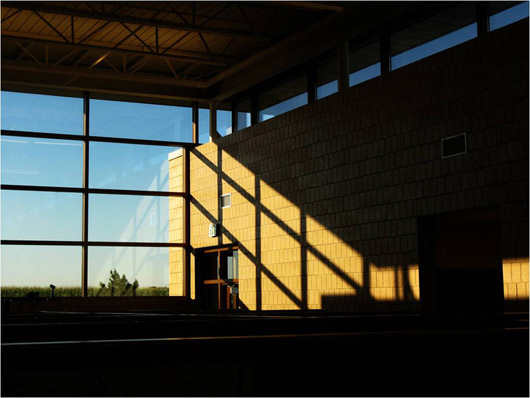The Minnesota-based Ottertail Operations Center is attractive on the outside but, like my mother always says, it’s not what’s on the outside that’s important, it’s what’s on the inside that matters. This multifunctional facility is not only a beautiful building, but it’s also sustainable through and through — a rarity in rural areas such as this.

- Precast concrete sandwich panels provide the main structure for the building shell. They provide a combination of high R-factor and thermal mass (insulation), minimizing energy demand, especially during cold winters, which is important in this area of the country.
- Recycled and waste stream materials were used whenever possible, including fly ash in all the concrete. Fly ash is a byproduct of coal-fired electric-generating plants. Using it offers environmental advantages by keeping the material out of the waste stream, conserving virgin materials while reducing the energy used to process them and reducing pollution.
- Almost all of the waste stream makes use of native plants. According to Stewardship Garden, some of the benefits of native plants are that they don’t require fertilizers while needing fewer pesticides and less water than lawns.